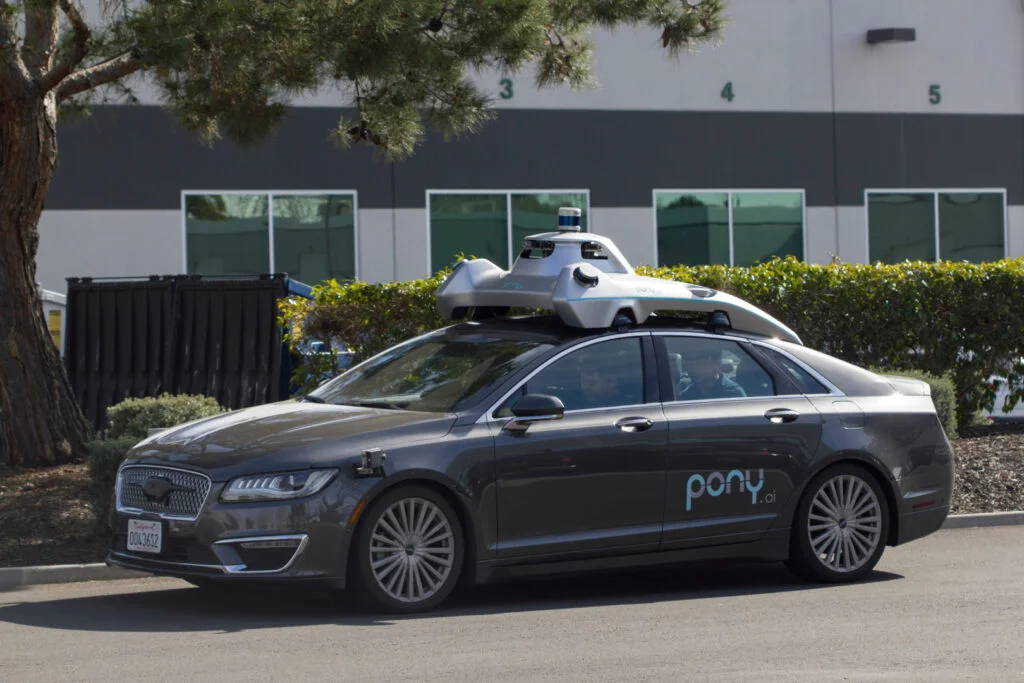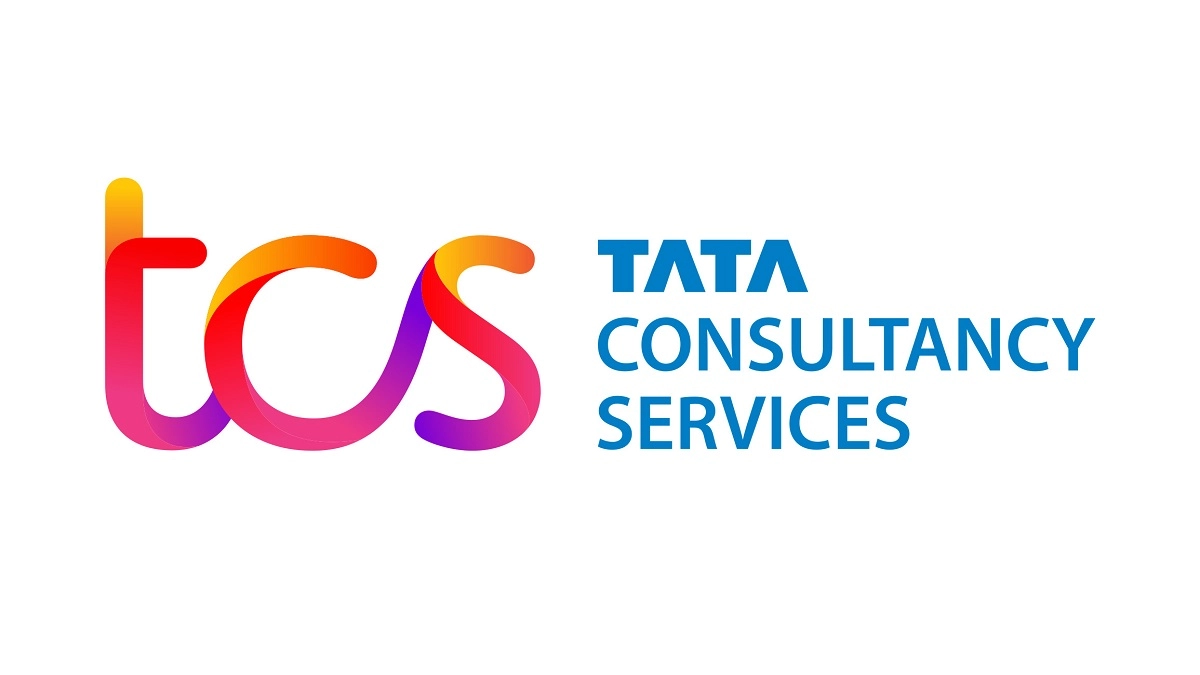Copyright thenewstack

In many large enterprises, a hidden divide defines the technology landscape, creating a two-speed IT organization. On one side, modern, cloud native applications are built with the full speed and agility of DevOps. On the other, critical, monolithic legacy systems remain largely untouched — seen as too rigid and risky to modernize. For years, the only viable solution was a massive and often impractical rewrite project, keeping the most foundational systems far from modern innovation. But a new, more pragmatic strategy is emerging that uses agentic AI and the Model Context Protocol (MCP) to bridge this divide. Instead of replacing these core systems, this approach builds an intelligent abstraction layer on top of them, allowing modern autonomous agents to interact with legacy logic in a standardized, AI native way. This approach, however, introduces its own set of challenges that go beyond simple connection. Successfully bridging the gap requires a cultural shift to address the modern DevOps blind spot around legacy systems. More importantly, it requires a new paradigm for validation to guarantee the stability of these new hybrid architectures. The insights from engineering leaders at the forefront of this shift provide a clear roadmap for navigating this complex but crucial journey. The Legacy Blind Spot in Modern DevOps The core of this challenge, according to Akash Agrawal, vice president of DevOps and DevSecOps at LambdaTest, an AI native software testing company, is a common but dangerous blind spot in many modern DevOps practices. He observes that teams often focus their most advanced automation and testing strategies on new, cloud native services while actively skipping the legacy systems that are perceived as too rigid or difficult to automate. DevOps culture prizes speed and agility, qualities that seem at odds with the slow, monolithic nature of these foundational applications. This creates a stark irony that many enterprise leaders will recognize. While the most sophisticated engineering practices are applied to newer, often less critical services, the core, revenue-generating legacy systems — the ones that we consider absolutely too mission-critical to fail — are often left behind. And this avoidance doesn’t eliminate risk; it concentrates it. So the growing disconnect between the modern and legacy parts of the tech stack becomes a significant, unaddressed source of potential instability and business disruption. The New Strategy: Abstraction with Agentic AI Rather than attempting a risky and expensive “rip-and-replace” modernization effort, the emerging strategy focuses on abstraction, not replacement. The goal is not to rewrite core systems but to build an intelligent, AI-native interface on top of them using the Model Context Protocol (MCP). This approach allows organizations to preserve their stable, battle-tested legacy logic while unlocking its value for modern, autonomous applications, creating a bridge between the old and new without disrupting critical operations. This transformation mirrors a similar evolution happening within data platforms, according to Rahim Bhojani, CTO at Dremio. In DevOps, the persistent challenge is the “code-to-context” gap, where critical business logic remains buried within complex, opaque codebases. In the world of analytics, an equally difficult “context-to-analysis” gap exists, where enterprise data is not only stored in modern lakehouses but scattered across myriad systems — data warehouses, streaming platforms, Software as a Service applications and on-premises stores — that must be federated to deliver a unified view. Both cases represent the same underlying problem: the lack of accessible, machine-readable context that enables intelligent systems to reason seamlessly across layers of infrastructure and data. By applying agentic AI and the MCP framework, enterprises can now translate implicit knowledge — whether embedded in code or hidden within distributed data — into structured, AI-readable context. The MCP server acts as an intelligent façade, providing a standardized interface that allows AI agents to interact with legacy systems and federated data platforms alike. This convergence of DevOps automation and data intelligence marks a pivotal shift: enabling systems and data sets once locked in silos to become active participants in the modern, AI-driven enterprise. The Need for Deeper Validation Creating this intelligent abstraction layer is only half the work; ensuring its reliability under the dynamic load of AI agents is a complex challenge in itself. Because traditional testing methods, which might simply validate an API’s contract, are insufficient for these new hybrid systems where modern agents interact with legacy cores. According to Agrawal, a much deeper and more holistic approach to validation is required. He reasons that because these legacy systems are so critical, testing must go beyond the API layer and into the underlying infrastructure. For these new MCP workloads, teams need to validate performance under real-world conditions, testing for subtle but critical issues like memory leaks or unexpected kernel behavior. These are the types of performance degradations that traditional unit tests are not designed to catch, yet they can lead to significant instability in production environments. To achieve this, Agrawal advocates for the use of an “observability-driven” test platform. This represents a fundamental shift from simply looking for a “pass” or “fail” result on a test case. Instead, an observability-driven platform correlates the outcomes of each test with real-time infrastructure events and performance metrics. This provides a complete picture of the system’s behavior under an AI-driven load, allowing teams to understand not just if the connection works, but how it affects the stability of their most critical legacy applications. Reducing MTTR with AI-Driven Insights The end goal of this deeper, observability-driven testing is not just to find more bugs, but to fix them faster. Because for any DevOps organization, the most tangible payoff comes from reducing the mean time to resolution (MTTR). In complex, hybrid systems where a modern agentic layer interacts with a legacy core, finding the root cause of a failure can be incredibly time-consuming, as the problem could lie anywhere in the distributed stack. This is precisely the challenge that modern AI-powered testing platforms are designed to solve, according to Agrawal. Drawing from his engineering experience at LambdaTest, he notes how Kane AI, an end-to-end testing agent, can perform distributed tracing across both new cloud native services and underlying legacy systems. By correlating events across this entire stack, the platform can provide “traceable reasoning” for any failure. Instead of simply flagging that a test failed, the system provides a clear narrative of why it failed, pointing teams directly to the root cause, whether it’s in the modern MCP layer, the legacy application or the infrastructure itself. For DevOps leaders, this is the final and most compelling piece of the puzzle. By providing this deep, cross-system context, AI-driven validation can dramatically shorten MTTR, moving teams from slow, reactive debugging to fast, insight-driven resolution. The Way Forward For decades, modernizing an enterprise’s most critical legacy systems often felt like an impossible choice between a high-risk, full rewrite and the equally risky decision to do nothing at all. The Model Context Protocol and the new wave of agentic AI now offer a third, more pragmatic path. This new strategy allows organizations to build an intelligent, AI native abstraction layer that unlocks the immense value of these systems without the danger of touching the core. The key to making this approach viable is a parallel evolution in testing. By embracing a thorough, observability-driven validation model, teams can gain the confidence needed to run these new hybrid systems in production. This two-pronged approach of intelligent abstraction and deep validation finally provides a way to close the gap in a two-speed IT organization. By doing so, leaders can integrate their foundational business assets into the workflows of modern agentic AI applications, ensuring that no critical system is left behind.



